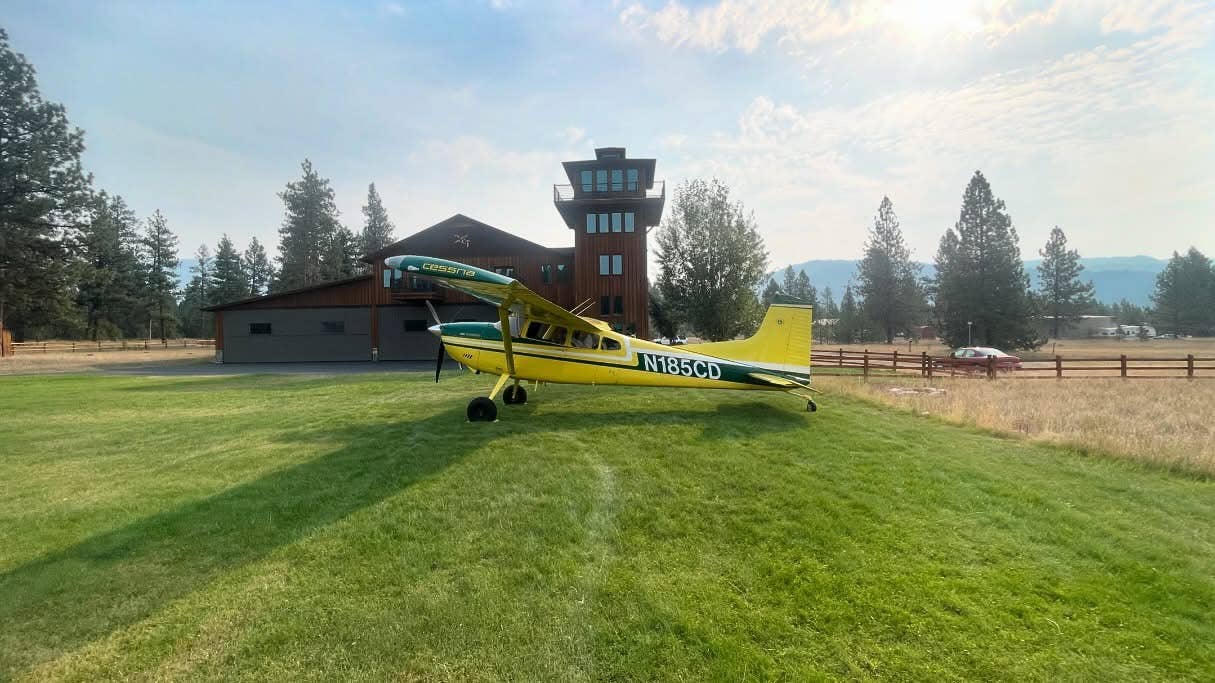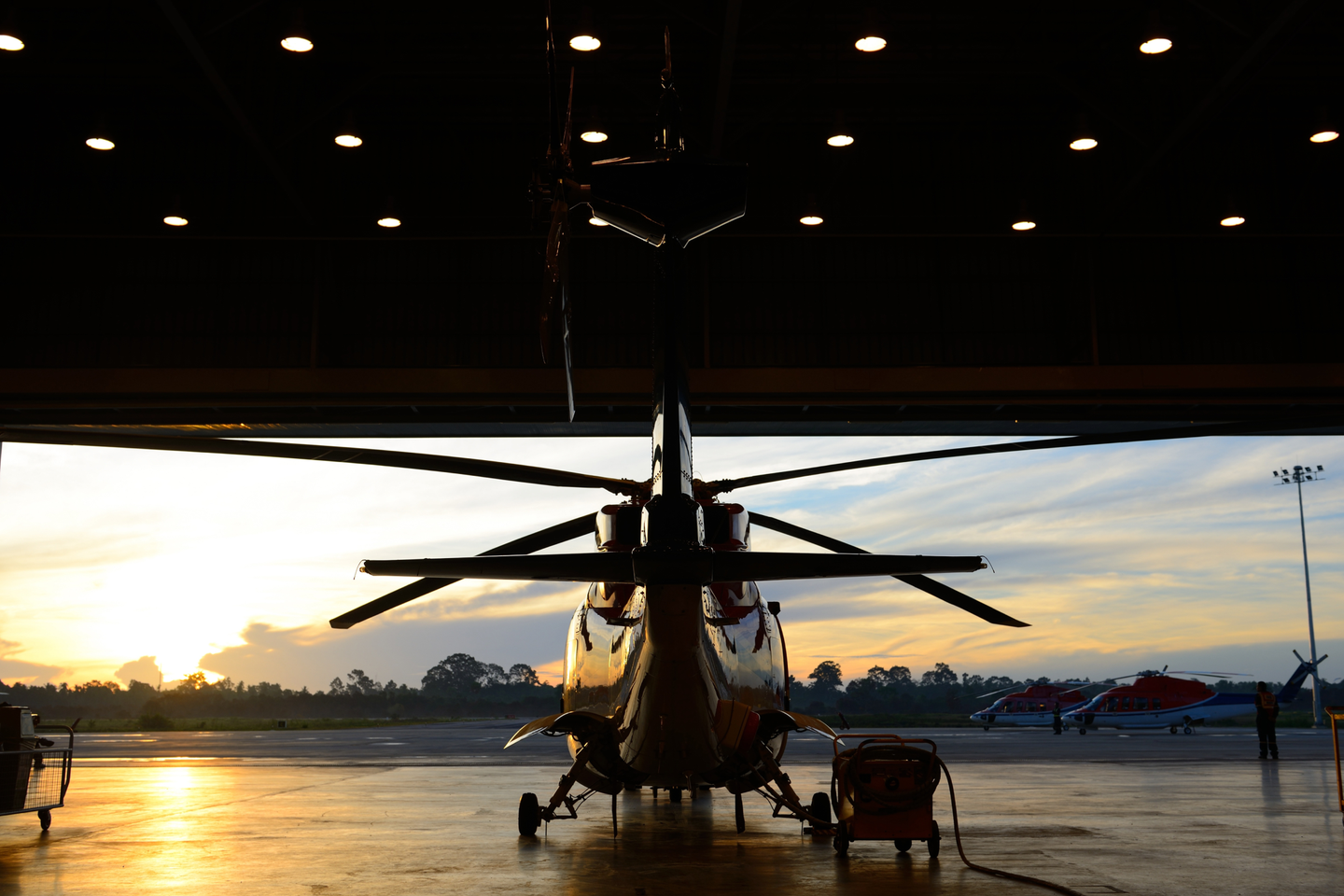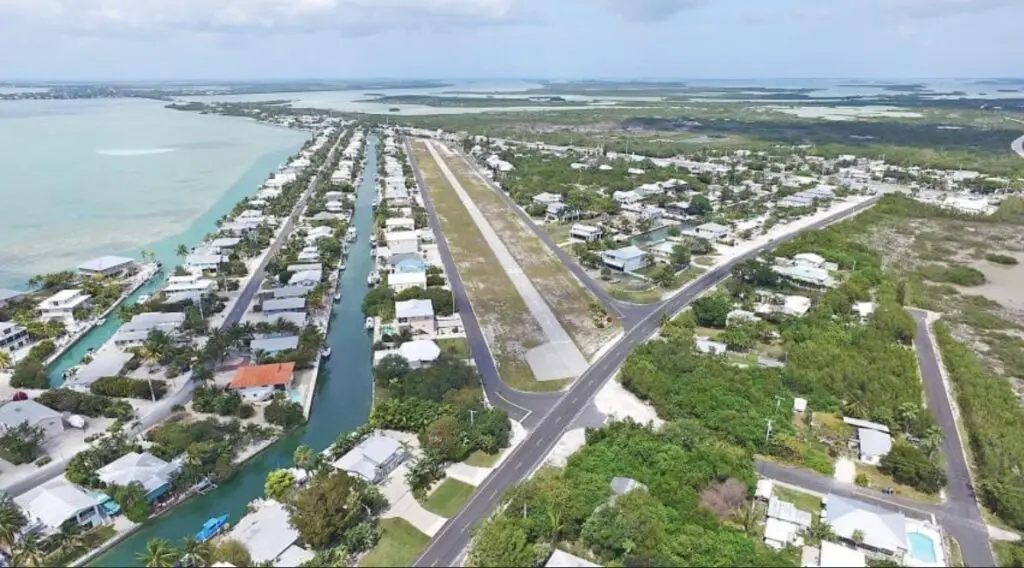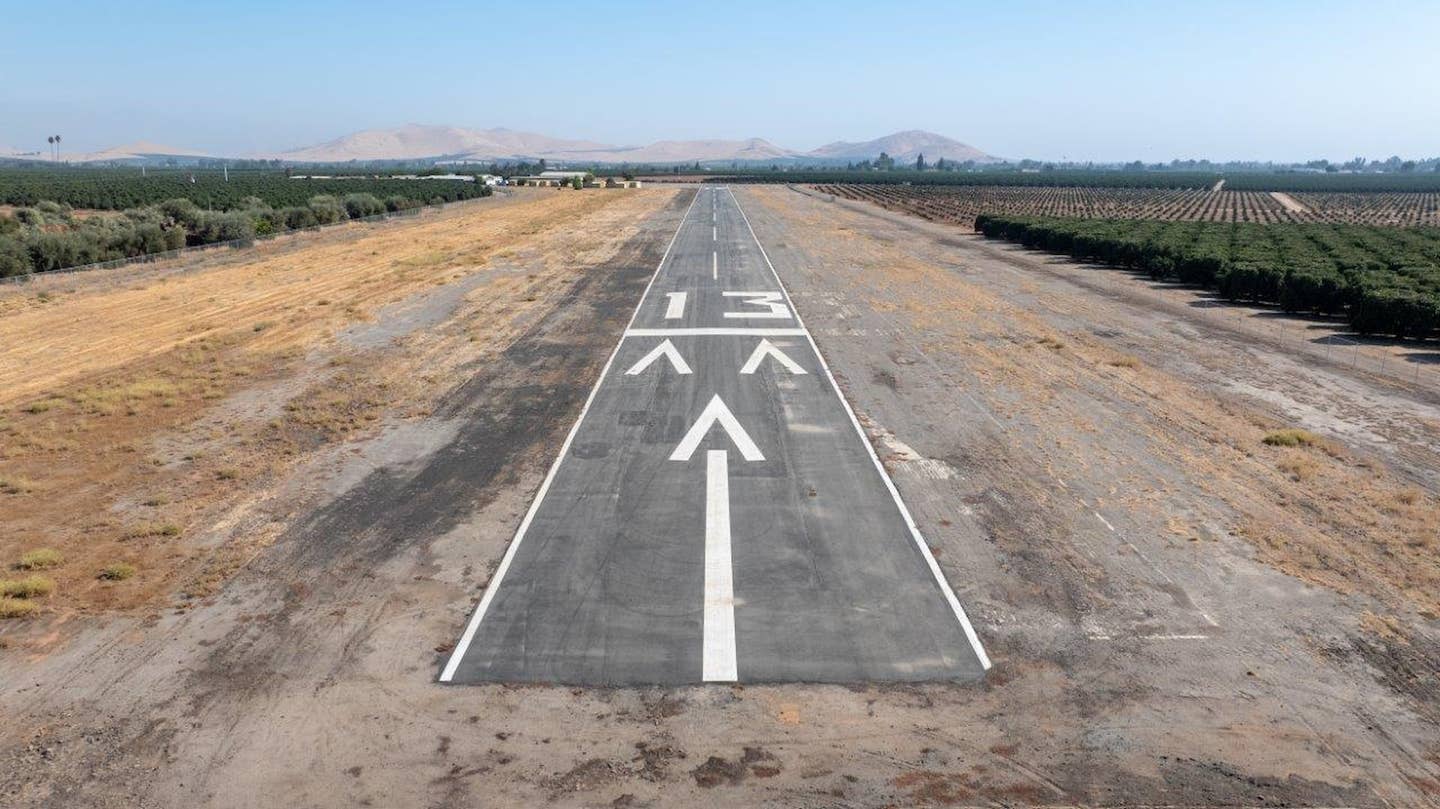Small Town Airpark, ‘In the Middle of it All’
The Palmetto Air Plantation in Manning, South Carolina, is close to Columbia and Charleston.
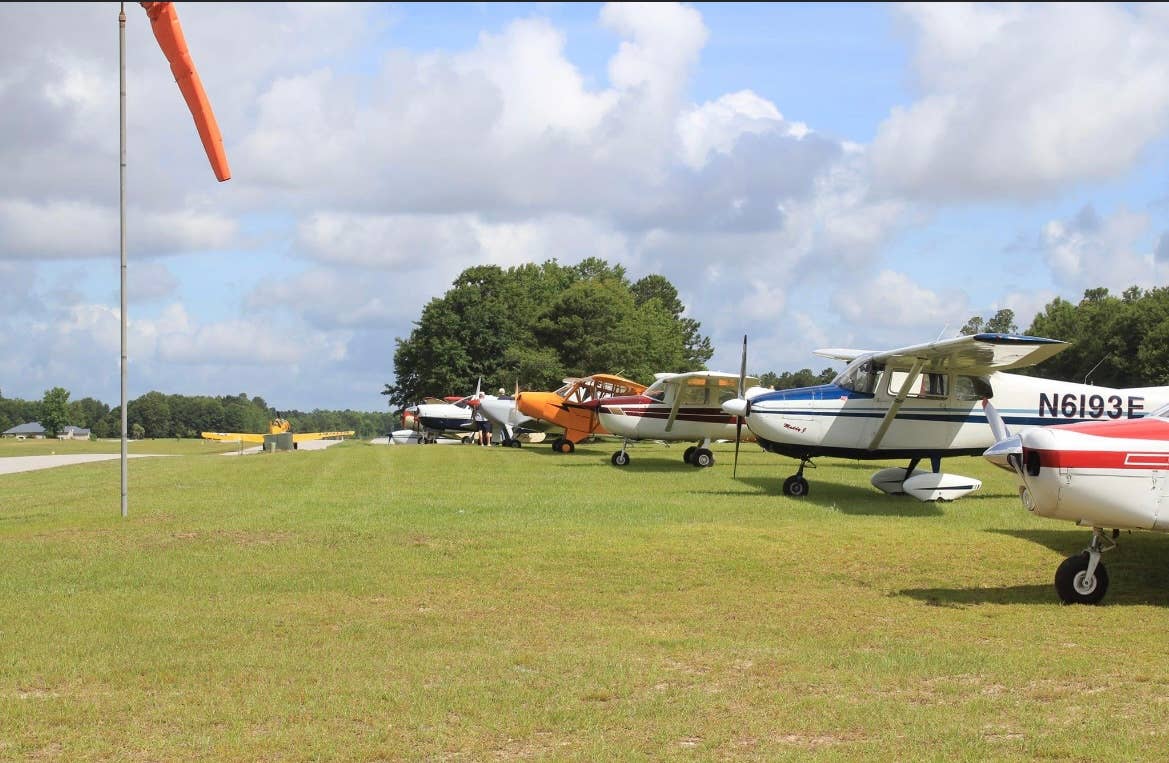
A lineup of planes from a fly-in event at Palmetto Air Plantation (SC41). [Courtesy: Palmetto Air Plantation]
Most airparks have a unique identity, and the Palmetto Air Plantation is no different.
"We are in a fabulous-sized small town that allows that type of wonderful southern charm living,” said Joe Witt, the developer of this fly-in community in Manning, South Carolina.
“And yet, we are in the middle of it all and are close to culture. Charleston and Columbia, either one of them, are an hour away by automobile. Some people look at the rural south and say, ‘Man, you are in the middle of nowhere.’ We look at it and say, no we are in the middle of everything. We are in the middle of it all!”
Witt is very complimentary of this municipality of around 4,000 residents, partly due to a sobering experience he had two and a half decades ago.
“I am not originally from this town. I’m a 'come here,' not a 'from here.' But in 1998, I got into a plane accident, and this little town just picked me up like I was their child. And so, I don’t know how you put the words to that, but I say that Palmetto is a jewel.”
The 112-acre airpark (SC41) was a longtime goal of Witt’s, who is a lifelong entrepreneur—primarily in the trucking industry.
“I put a tremendous effort into the runway and the overall concept of the property, the drainage, and the infrastructure. Sure, I’m prejudiced, but the runway is fabulous. It is 3,720-foot by 150-foot and has lighted LEDs that are on every day, from dusk to dawn. It is one of the nicest turf runways anywhere, say the owners and their guests.”
Runway maintenance is ongoing and of utmost concern to those who use it, he explained.
“We just totally refurbished/reconditioned the runway surface by the literal efforts of many of the owners on a weekend about six weeks or so back," he said. "[We worked on it] end to end; aerated, topsoil where needed, cultipacker leveler, overseeded, and rolled in. We’re back aviating on it again. Fabulous!”
Witt first began construction of the airpark in 1997, 10 years after becoming a pilot. But before diving headfirst into this venture, he sought inspiration from other communities.
“In my entrepreneurial spirit, I started thinking about this dream of making an airpark. I looked all over the country at them. All of those visits definitely helped form my layout and the design for Palmetto. And all of those visits also helped me in some respects in what to do with the covenants in the community, but also what not to do,” he recalled.
“Some of them were so many pages of so much legalism that it became so obstructive to even grasp them [the rules], much less live in the communities. Others were too lax, and some of these places you would go and would allow you to build your hangar first, and the hangar faces the roadway or common property. The hangar would never get finished, or the door doesn’t get put on it and they get full of junk. So, our covenants say that hangars must open to the sidelines of the property, and there is a reason for that.”
Even though Witt visited airparks of all types across the country, he determined the best place to make his dream become a reality was in his backyard. Literally.
“I was flying over home one day; you know how you do when you’re circling around in your plane? And I looked down right where I was living, and I started looking at the fence lines. I thought that I could do this [make an airpark] right there! So, I set about and put three tracts of property together. One piece of it was an estate piece that was a little difficult [to get] and then the other two pieces were owned by the same entity. I put these three parcels together and started building an airpark,” Witt said.
“I first thought, ‘Well, I will be able to knock this out in three months!’ I rounded up old junky equipment and did it myself. Literally, myself. I took possession of the property in early 1997 and then, in March 1998, I crashed. By that time, me and my friend Bobby would land on the runway I built—but hadn’t invited anyone else to land on it. But we would. And then I had my accident.”
As a result of the crash, Witt and the airpark’s development were sidelined for three years.
“It took me a while. But I recovered from all of that and stayed the course. I got all the utilities put in, city water and sewer, electric, phone, cable, had a power line moved, and a gate entrance installed. And then by 2008, I had sold four or five lots and started building our dream house.”
Even with all his efforts to create the community, Witt has put minimal effort into marketing. Most residents have primarily heard of the development through word of mouth.
“I’ve never really spent a lot on advertising or made a big media push. I’m not really a developer by trade; this is my little dream spot. It’s home. It’s where I’m rooted and I love the community. I’ve just been letting Palmetto unfold as God opens the doors. I’ve now sold about half of the lots, maybe a little more, and still own about 18—from the original 45. Two more houses are soon to star,t and that’s going to put us at 11 homes here. I suspect this will be when Palmetto makes the big leap,” Witt said.
He added that the airpark will host the SC Breakfast Club fly-in group on April 30th for those wanting to see the fly-in community firsthand.

Sign-up for newsletters & special offers!
Get the latest FLYING stories & special offers delivered directly to your inbox



